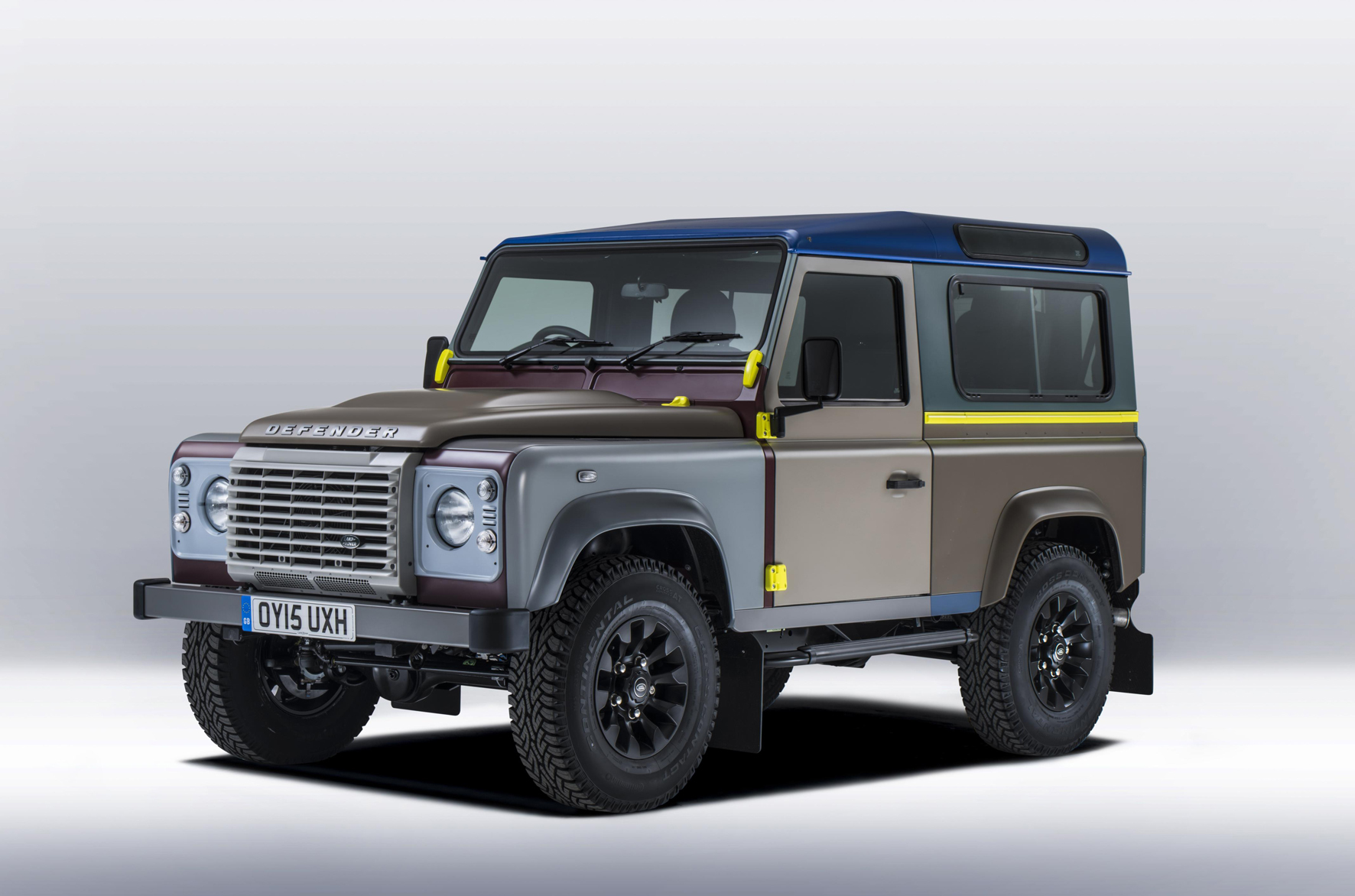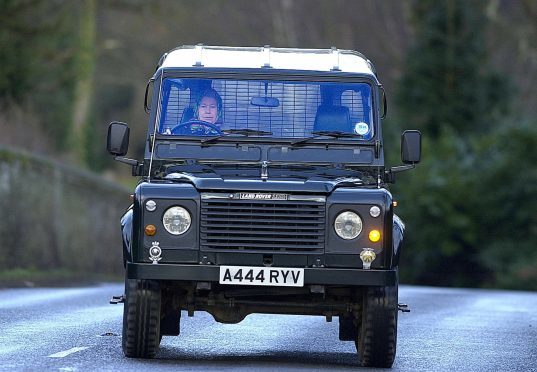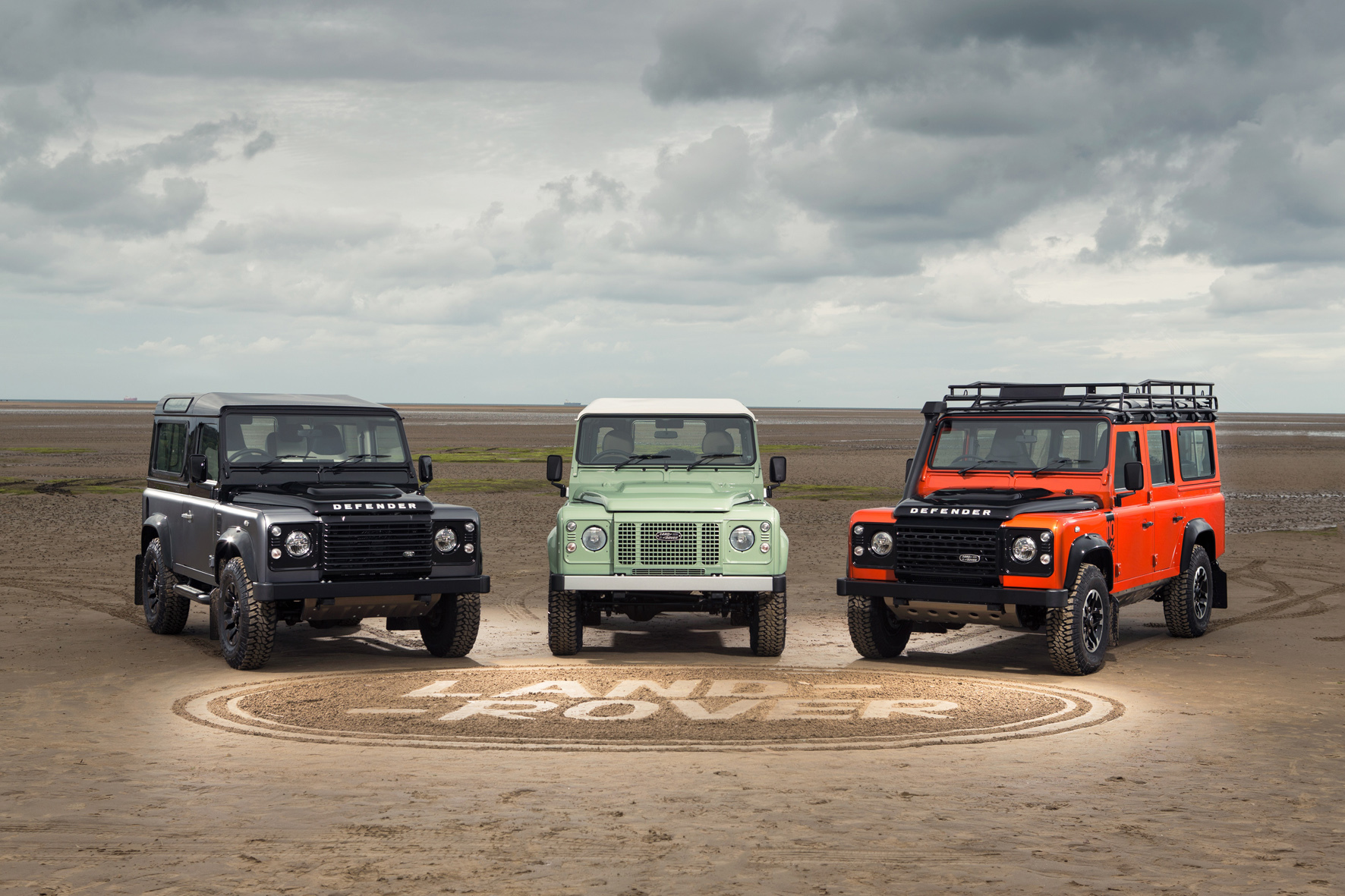Britain has been getting very misty-eyed about the Land Rover Defender, the aging 4×4 that went out of production in January.
But what made it such an enduring favourite? What made it such a dependable choice off-road? And what’s that stubby, unassuming little lever on the transmission tunnel?
LOW RATIO
Next to the driver’s left knee (occasionally bashing uncomfortably against it) is a smaller gear lever that allows you to switch between high and low ratios. Effectively a special set of low-gear ratios, selecting “low range” will give the car seemingly unstoppable power for use off-road.
It also works when pulling away with a heavy trailer or going up extremely steep hills. In fact, it’ll give you an extra bit of “oomph” wherever you need it. You can still work your way through the regular gears, though first is an absolute crawl and third is still extremely slow.
Pushing the lever fully forwards will activate this mode. Don’t try this on the motorway, though. And remember that for the most part, crawling along in high-ratio first gear will be enough.
THE DIFFERENTIAL LOCK

The differential – or “diff” – allows two wheels or axles to turn at different speeds. This is great for the road, but in mud it can cause problems. If one wheel or axle loses traction completely, it will spin while its opposite remains still. This is unhelpful when trying to make progress and can result in a very stuck car.
The differential lock means that both the front and rear wheels turn at the same speed. By forcing half of the engine’s power to be transferred to each of the front and rear axles, you enhance your chances of dragging yourself out of something slippery.
It’s not a fail-safe though. If two wheels on the same side of the car lose grip, such as in a ditch along the side of a road, the front-rear centre differential lock won’t help much. That’s why you need a bit of momentum to reach the top of slippery hills. Don’t engage the diff lock when you’re on tarmac or any other high-grip surface though, as you’ll put a lot of strain on the transmission.
THERE MUST BE MORE TO IT THAN THAT…
The Defender’s high ground clearance, tall wading depth and generally rugged nature made it a firm favourite with everyone from farmers to the military. They rarely go wrong and when they
do, they can be fixed using basic tools (and similarly basic know-how) as they lack the sophisticated technology found on
newer cars.
Unfortunately for the Defender, safety and emissions legislation has moved faster than it’s capable of. But with so many on the road already, it certainly isn’t the end of the road for the Defender.

